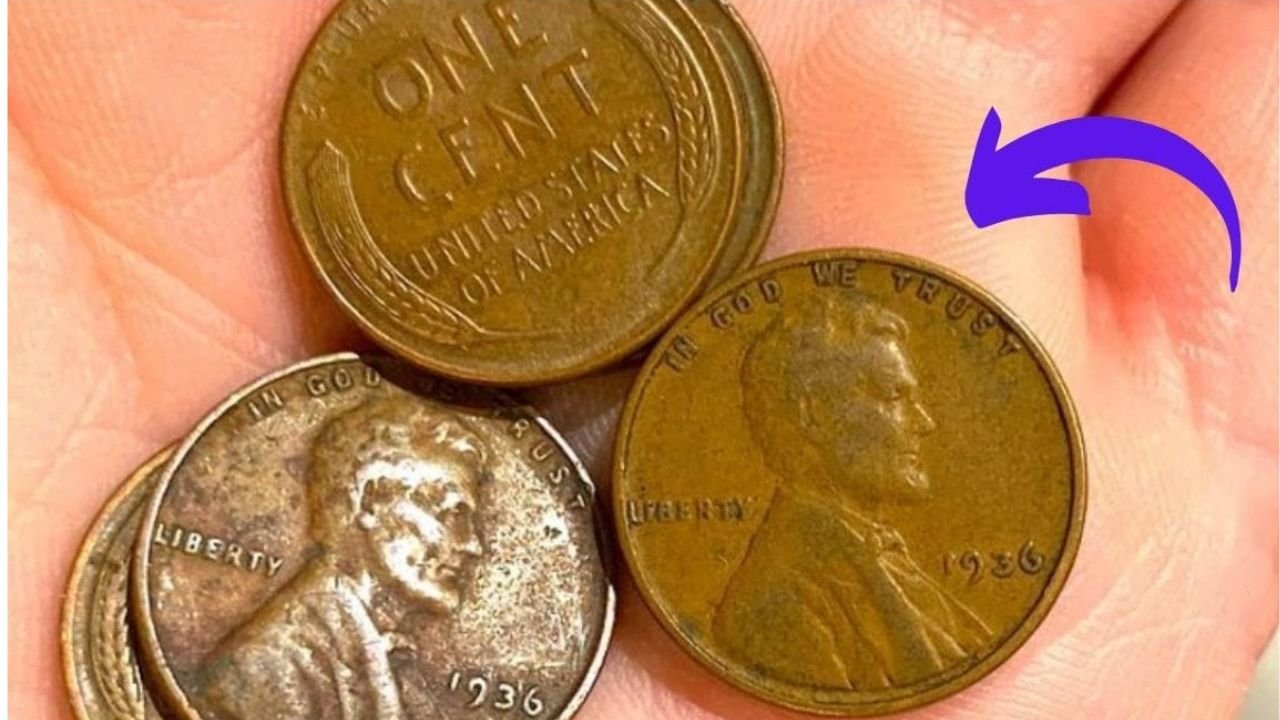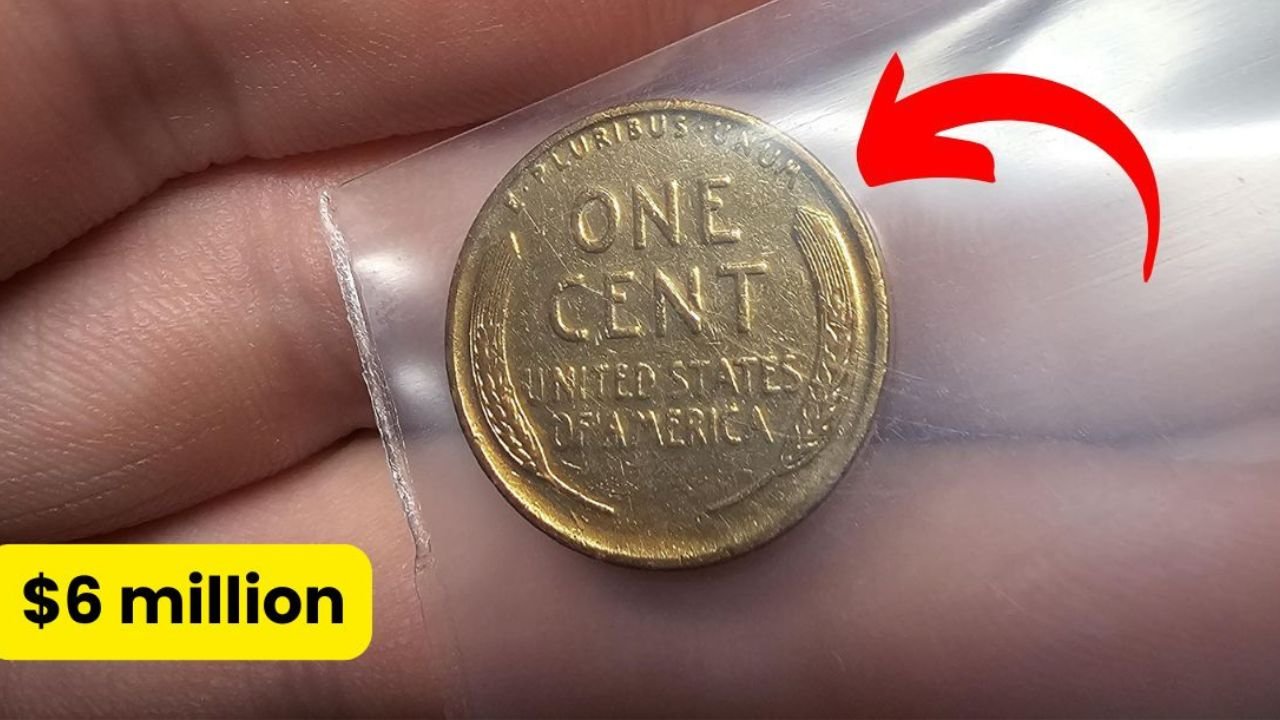Beautiful American numismatic history is the Lincoln Wheat Penny, which spans from 1909 to 1958.
Among the many types of coins, the bronze Lincoln Wheat Penny of 1943 is peculiar because of the scarcity and its monetary value, which goes as high as millions of dollars.
This paper dives into their origin, peculiarities, and possibility of this rare coin floating around.
Origin and Historical Context
Because the U.S. Mint was in a shortage of copper during World War II, pennies made of zinc-coated steel in 1943.
However, a few bronze planchets from 1942 remained in the minting presses, and thus only a few pennies were struck in bronze in 1943. These accidental creations are among the most coveted errors in American coinage.

- What makes the 1943 bronze penny special?
- Why the 1943 bronze penny value is one-of-a-kind
There are fewer than 20 known specimens of this coin. This is, therefore, an extraordinary find.
These coins, minted at a time when history was taking a significant turn, form a unique wartime anomaly.
Some of these pennies have fetched in excess of $1 million at auctions. A 1943-D bronze cent sold for $840,000 in 2021.
Possible to be found
The reason to look for a 1943 bronze penny is that some may be lying in plain sight. Due to their similarity with regular pennies, these rare coins could lie in pocket change, estate sales, or old collections.
Identification Characteristics
If you have a valuable 1943 bronze penny, you can look for the following characteristics.
- Date: The coin should bear the date of 1943.
- Color: A genuine bronze penny has a coppery color while steel pennies have a silver-colored appearance.
- Magnetism: Bronze pennies are not magnetic. This test can be simple; if the coin sticks to the magnet, it’s made of steel, not bronze.
- Weight: The weight of a bronze penny is about 3.11 grams, and the weight of a steel penny is about 2.7 grams.
Authentication Process
If you suspect that you have a 1943 bronze penny, it would be wise to grade a professional third-party service.

Companies such as the Professional Coin Grading Service (PCGS) or the Numismatic Guaranty Corporation (NGC) verify whether the coin is authentic and establish the coin’s condition, which both decide its worth.
Effect on the Collecting Community
It does indeed make a great difference to the numismatic world, especially because such precious coins show the need to scrutinize everyday coins very closely. One never knows, after all; that seemingly ordinary penny might just be a treasure.
Conservation Instructions
If you suspect you have a rare 1943 bronze penny:
- Do Not Clean the Coin: Cleaning devalues it.
- Handle with Caution: Use gloves to prevent skin oils from damaging the coin’s surface.
- Seek Professional Advice: Consult with a reputable coin dealer or grading service for guidance.
- Historical Context
- The 1943 bronze penny serves as a tangible connection to a significant period in American history, reflecting the nation’s resourcefulness during wartime.
Market Dynamics
Due to their rarity and the avid demand from collectors, the valuations of these pennies are extremely high. The more collectors that enter into the market and fewer available specimens are, the higher the value will be.
The 1943 bronze Lincoln Wheat Penny is a numismatic gem. Some specimens are valued for over $1 million.
Although the chance of discovering one in circulation is slight, it’s not impossible. You could have a goldmine of an experience by checking through your coins closely.
FAQS:
Why is the 1943 bronze Lincoln Wheat Penny so valuable?
It is extremely rare, historically important, and only produced during the War years in WWII.
How do I know if my 1943 penny is bronze or steel?
Magnet test: if it is not magnetic and has a coppery color, it might be bronze.
What do I do if I found a suspect 1943 bronze penny?
Do not clean it. Handle it carefully. Seek authentication from a professional grading service.


